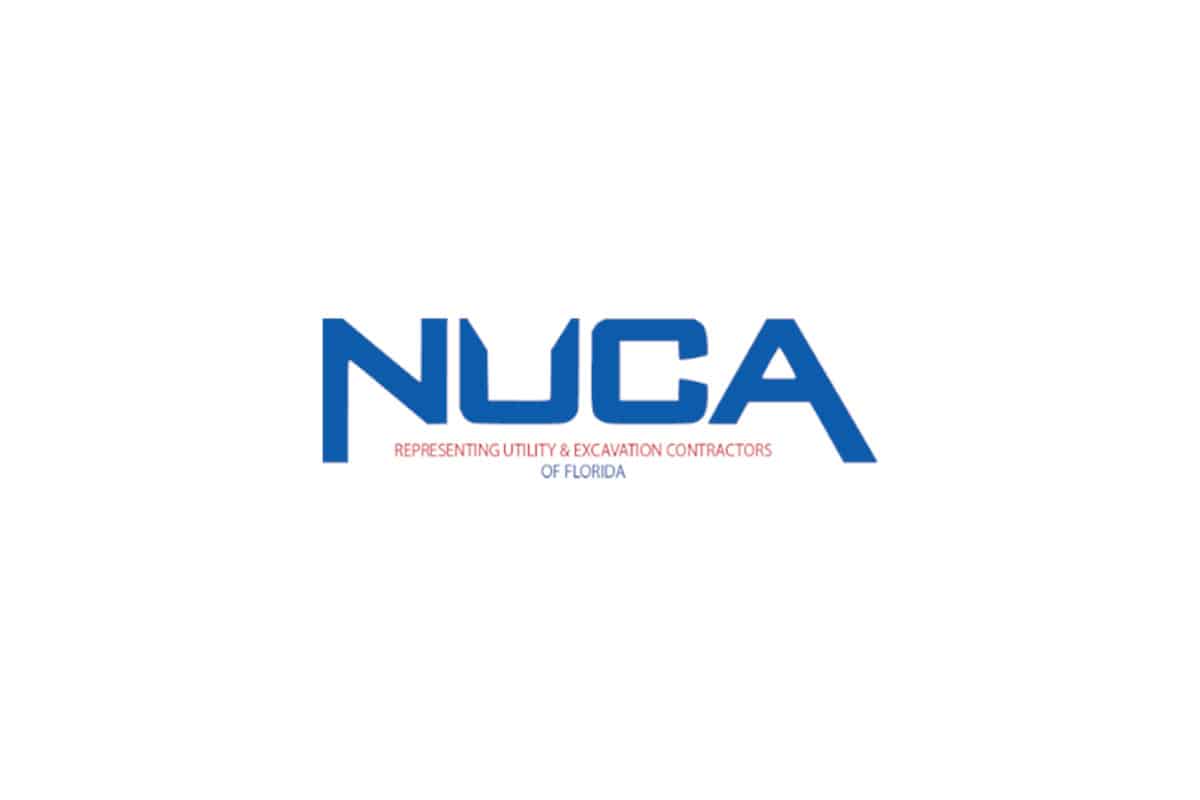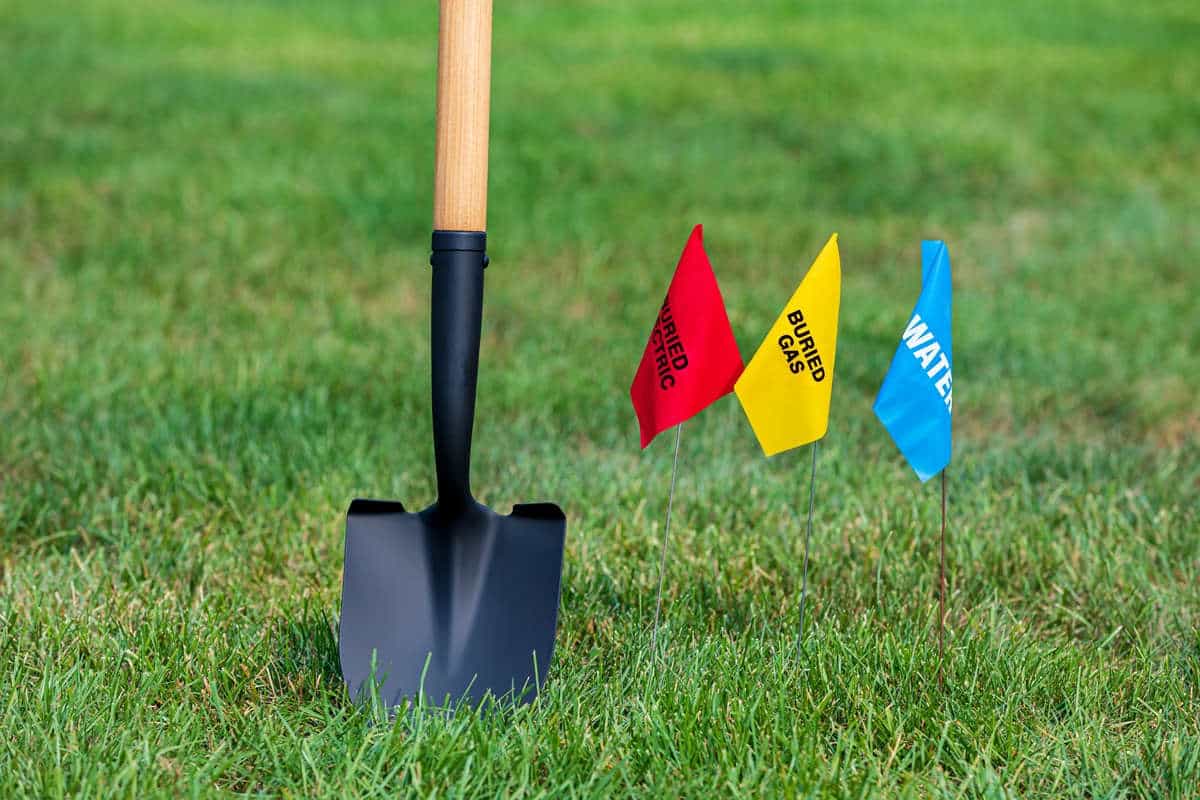Industry Experts Discuss Trench Shoring and Shielding
When a project calls for a crew to head down into a trench, it’s vital to have the right equipment to safely do the job. Utilizing the correct trench shoring and shielding system for a project can mean the difference between success or failure on the job. To better understand these solutions, Utility Contractor talked to the following experts:
Blake Smith, sales and marketing director for United Rentals Trench Safety
Ron Chilton, president and CEO of National Trench Safety
Mike Ross, national training director for Efficiency Production Inc.
Greg Shreenan, senior shoring consultant for Trench Shoring Co. and NUCA Competent Person trainer for Trenching and Excavating and Confined Space Entry
Why would a company purchase or rent a trench shoring system?
Smith: It’s important to consider all the factors: cost of ownership, length of project, soil conditions and application, employee safety and training all have a bearing. With the pressure put on project budgets today, any strategy that saves money and increases productivity is worth considering. One example is steel trench shields. It can make sense to purchase shields when a contractor installs consistent pipe sizes and lengths on a frequent basis with little change to the scope of work. Rental is a more viable option for applications that require various safety systems to ensure employee safety and productivity, or where the nature of the excavation requires some form of onsite consultation and possible customization. Slide rail is an example of a safety solution that almost always makes sense to rent — it performs well when adjacent structures or vibration create issues with sheeting options. Slide rail rental is the ideal modular, dig-and-push shoring solution for a variety of applications.
How do trench shoring companies work with contractors to ensure the right system for a project?
Chilton: An equipment rental company can provide a contractor with a different perspective of what equipment may work for a project and provide additional solutions for a contractor to consider. A good trench safety rental company will have a diverse and broad exposure base to leverage that may yield solutions that a contractor hasn’t used in the past. In addition, a few firms also feature in-house engineering departments that can adapt existing systems to promote productivity increases on the jobsite and/or to provide a site-specific plan for the jobsite. These site-specific plans would look at both the safety and productivity aspects of a project and can be very cost-effective given the gains they can provide.
Can you discuss the proper training that’s needed to use a system and/or perform the work inside a trench?
Ross: All excavations must be designed, constructed and maintained by a Competent Person assigned by the employer of all personnel working in the excavation. The Competent Person must create a work area free of existing or predictable hazards. The employer must make sure the Competent Person has sufficient knowledge and training to do this in accordance with OSHA 29 CFR 1926 Subpart P – Excavations. Proper use of all manufactured protective systems (shielding and shoring) is explained in the manufacturer’s tabulated data (MTD) furnished with all equipment purchased or rented.
Shreenan: In addition [to a CP], many companies will utilize a reputable curriculum like the NUCA Competent Person Training Program to educate all of the workers involved in excavation work so that they may be aware of the nature of the hazards and the proper measures that should be in place for a safe work environment.
Finally, what’s new and exciting in the trench shoring market? How about within your company?
Chilton: It’s an exciting time in our industry. There’s a lot of competition in our industry, which tends to drive innovation. Companies are generally working safer on jobs, which is the reason trench safety rental companies exist. At NTS, we’re excited about the future. We’ve worked jointly with several global partners to expand our product offerings over the last year to be able to meet changing trends. We unveiled the Lite Guard Aluminum Shield, which provides contractors a resilient aluminum shield, similar in function and strength to a steel trench shield at about half of the weight. That product is exploding in markets where contractors are restricted to using lighter excavation machinery. We’re also investing in some exciting new technologies that we think will have a significant impact on our industry that we’ll be introducing toward the end of 2016 and early 2017.
Ross: Basic methods and equipment have not changed much in the past 45 years, but manufacturers continue to find new applications and improvements to existing designs. Efficiency Production Inc. recently added the Sheeting Guide Frame to the available accessories of our Build-A-Box modular aluminum shielding system. The sheeting frame is a standard modular panel with a waler added to the inside face that will accept aluminum sheets to accommodate crossing utilities.
Shreenan: There is a new organization called NAXSA (North American Excavation and Shoring Association). It is comprised of many of the largest shoring rental companies that make up the shoring industry across the United States. Together with shoring manufacturers, shoring engineers, plumbing product manufacturers, steel fabricators and manufacturers and safety supply companies, you have a very dynamic and developing resource to serve the excavation community across the United States. As far as Trench Shoring Co., we are excited about our future in this business as we continue to grow and expand. Perhaps the fastest growing segment of our business would be our Slide rail rentals. Slide rail is a very cost-effective way to deal with very large excavation work.
Smith: The industry continues to evolve, and demand is growing. We’ve expanded our engineering department to a staff of 15 with the capabilities and licenses to provide site-specific solutions in 48 U.S. states and the Canadian provinces. Also, we’re a big believer in innovation. We’ve had great success with hydraulic bracing, and this is an area where we’ll continue to expand our capabilities. Hydraulic bracing is designed for heavy-duty applications; it’s quick and easy to install, and it eliminates the need for hot work permits in the excavation, such as beam cutting and welding. Tags: 2016 July/August Issue, Efficiency Production, National Trench Safety, Trench Shoring, United Rentals Trench Safety





